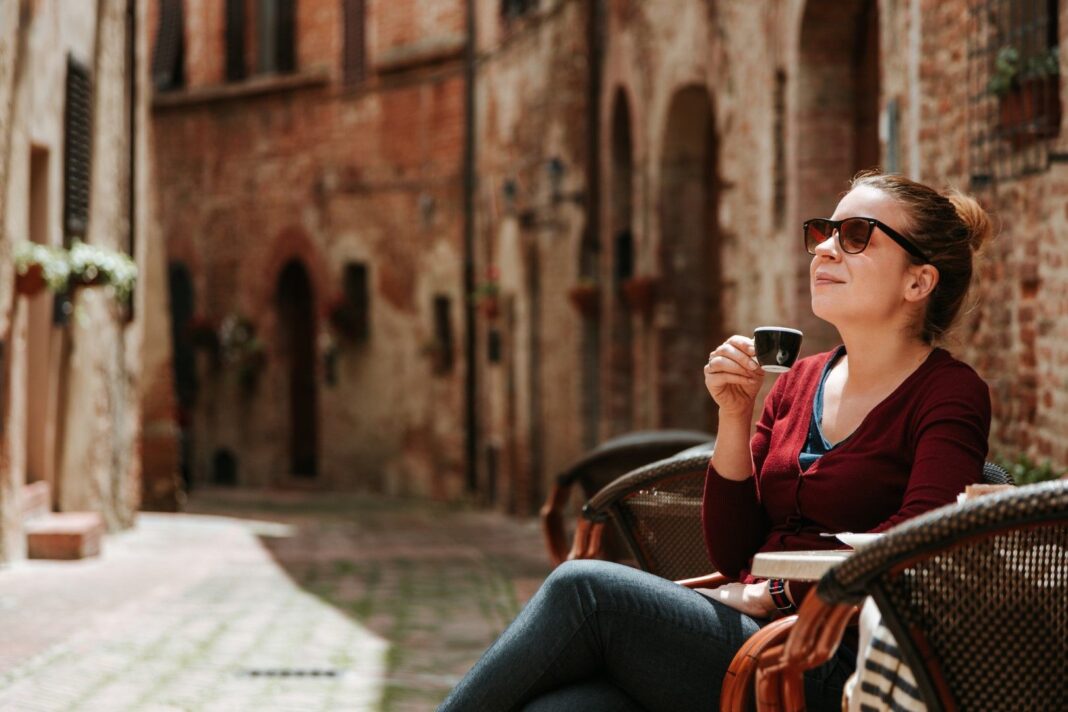The country is applying not for the coffee itself, but for its drinking culture in Italy
Italian coffee has long gained legendary status, and the culture of Italian espresso drinking may soon become a UNESCO World Heritage Site.
The country’s Deputy Minister of Agriculture, Gian Marco Centinho, announced that the application had already been submitted for approval by the UNESCO National Commission in Italy, from where it should be submitted to UNESCO headquarters by March 31.
The ritual of drinking coffee in Italy
“In Italy, coffee is much more than just a drink – it is an authentic ritual, it is an integral part of our national identity and an expression of our social ties that distinguish us around the world,” Centinaio told Italian media. “For all Italians, the espresso cup is a social and cultural ritual that is reflected in literature and that fascinates the whole country – from Naples to Venice and Trieste through Rome and Milan.”
Two years earlier, Ilaria Danesi from the consortium told the details of the ritual to Euronews: “When they are not at home, Italians drink coffee in bars. This is a quick ritual. You order at the bar and swallow it for a few seconds. Stay at the bar. While drinking coffee is something that Italians would never give up. For them it is a break from everyday life and it is often an excuse to meet to discuss business or see a friend. And most of all – it’s cheap, so wherever you come from, it’s accessible and everyone can enjoy it. “
Coffee is the most consumed beverage in the world after water. After the invention of the first espresso machine in Italy in the late 19th century, it made it even more popular.
Second attempt
This is not Italy’s first attempt to secure World Heritage status for its espresso culture. The previous initiative failed, as applications were submitted by two different organizations – the Consortium for the Preservation of Traditional Italian Espresso in Treviso (representing all of Italy) and a similar organization from Naples (representing the Campania region). The two organizations got into public disputes, exchanging accusations of trying to declare war. The UNESCO committee disqualified both organizations, inviting them to reunite.
How will you know the “real” Italian espresso
For real espresso, however, there are specific requirements set by the consortium. To be considered a “real espresso”, the coffee must have a foam that is “uniform and stable for at least 120 seconds from the time of pouring the coffee without stirring”. It must also be “dark hazelnut in color and light in stripes”.
The coffee must be freshly ground and run from the machine for between 20 and 27 seconds. It should be prepared by a trained barista with a professional coffee machine. The temperature of the coffee in the cup should be between 90 and 96 degrees, and the dose of ground coffee for one cup – between 13 and 26 grams. There are special rules even for the type of cup used – porcelain with a narrow bottom.









